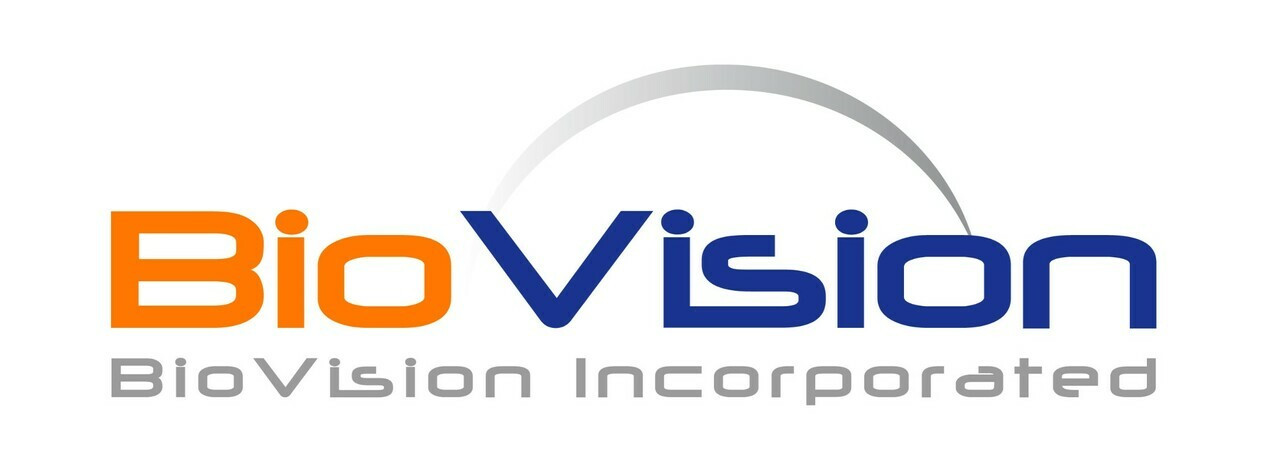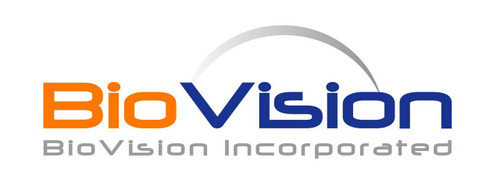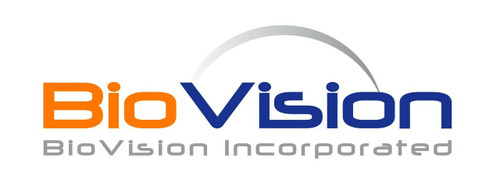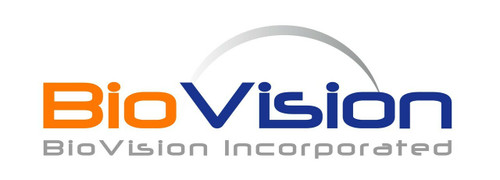Product Description
Coxsackie virus and adenovirus receptor (CXADR) also known as CAR, is a type I transmembrane glycoprotein for group B coxsackie viruses and subgroup C adenoviruses, and belongs to the CTX family of the Ig superfamily. CAR is strongly expressed in the developing central nervous system. It functions as a homophilic and also as a heterophilic cell adhesion molecule through its interactions with extracellular matrix glycoproteins such as: fibronectin, agrin, laminin-1 and tenascin-R. Human CXADR protein contains a signal sequence, a extracellular domain (ECD) with a V type (D1) and a C2 type (D2) Iglike domain, a transmembrane segment and a intracellular domain. D1 is thought to be responsible for homodimer formation in trans within tight junctions, and is necessary and sufficient for adenovirus binding. Variants of CXADR are attached to the cell membrane by a GPI- anchor.
Biovision | 7441 | Human CellExp CXADR /CAR human recombinant DataSheet
Biomolecule/Target: CXADR /CAR
Synonyms: CXADR, CAR, CAR4/6, HCAR
Alternates names: Melanoma antigen recognized by T-cells 1, Protein Melan-A, Antigen SK29-AA, Antigen LB39-AA
Taglines: A homophilic and as a heterophilic cell adhesion molecule
NCBI Gene ID #: 2315
NCBI Gene Symbol: MART-1
Gene Source: Human
Accession #: Q16655
Recombinant: Yes
Source: HEK293 cells
Purity by SDS-PAGEs: 98%
Assay: SDS-PAGE
Purity: N/A
Assay #2: N/A
Endotoxin Level: <1 EU/g by LAL method
Activity (Specifications/test method): N/A
Biological activity: N/A
Results: N/A
Binding Capacity: N/A
Unit Definition: N/A
Molecular Weight: 18.0 kDa
Concentration: N/A
Appearance: Lyophilized
Physical form description: Lyophilized from 0.22 m filtered solution in PBS, pH 7.4. Normally Mannitol or Trehalose is added as protectants before lyophilization.
Reconstitution Instructions: Reconstitute in HO to a concentration 0.1-1 mg/ml. The solution can then be further diluted to other aqueous solutions.
Amino acid sequence: N/A
 Euro
Euro
 USD
USD
 British Pound
British Pound
 NULL
NULL








